Adventures with G-AKDN - Chapter 7
Spring is a happy time on the prairies, but we were not too happy to see the Chipmunk shaped outline of paint on the hangar floor, under KDN. As we were trying to decide what to do about the paint, we went flying. While flying it from my home runway into Saskatoon, I was in the back seat with James flying up front. As he levelled off and started to accelerate I noticed the fabric on the right wing starting to peel back from the inboard leading edge! James immediately slowed down to minimum airspeed and we limped back to my airfield.
The Chipmunk was advertised as deHavilland’s first all metal trainer. This is odd, because half of it is covered in fabric. Perhaps they meant that it had no structural wood. Who knows? We had an airplane that obviously needed a complete fabric recover job. Most of the material was ok, but a few critical areas, like the leading edge joint was an unusually complex design and prone to wear. With some expert help, we patched it to get us thru the summer as we contemplated our options. The expense of a fabric recover was substantial, even if we did most of the work ourselves.
At the same time, we had been reviewing our options to license the airplane in Canada with Transport Canada. We had kept the UK registration G-AKDN that it had had since day one of its operational career. To keep it registered as such, we needed a UK resident as part owner. Phil Derry was happy to stay as a minority shareholder and have the UK registration maintained in his name. We were also very glad to have Graham Fox from Bagby, agree to come to Canada to do our annual inspections. Lucky for us Graham was an avid hunter and looked forward to some big game hunting in the great white north.
As it turned out the more we researched the type certificate and the airplane’s history, we realised there was no need to get a Canadian registration. With Phil and Graham’s help we could maintain KDN’s identity and heritage and continue to fly it as it has been flown since being built in 1947. This decision also helped focus our plans for the recover job and also the appearance of the final finish. We found many photographs showing KDN’s role in the A&AEE evaluation trials, as well as many images of it during it’s time at the London School of Flying and also in it’s air race competition form. We decided to preserve it as much as we could. We would only replace the fabric with new material. We would strip all the paint off and expose the original bare aluminum, as this was the way it appeared when it came out of the factory and shipped to England. It had a dark green stripe with cream colour edges running the length of the fuselage and curving up over the nose. The line was broken with green and cream registration letters on each side of the rear fuselage. There were also huge green and cream registration letters running across both wings top and bottom . The aluminum was polished bright silver and the fabric painted in satin finish silver.
Our goal became to preserve as much of the original airplane as possible. Thus keeping it true to it’s roots and allowing people to see what it was, and still is -a great Canadian design that represents the beginning of the deHavilland Canada aircraft dynasty. But first we had to take it apart again, and strip off all the fabric and paint, to expose what was lurking underneath.
to be continued...



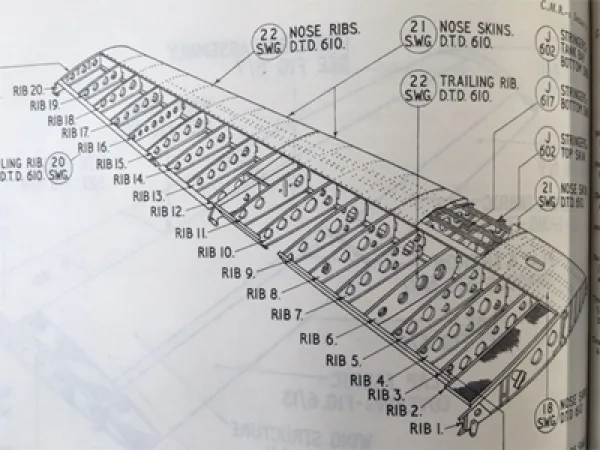
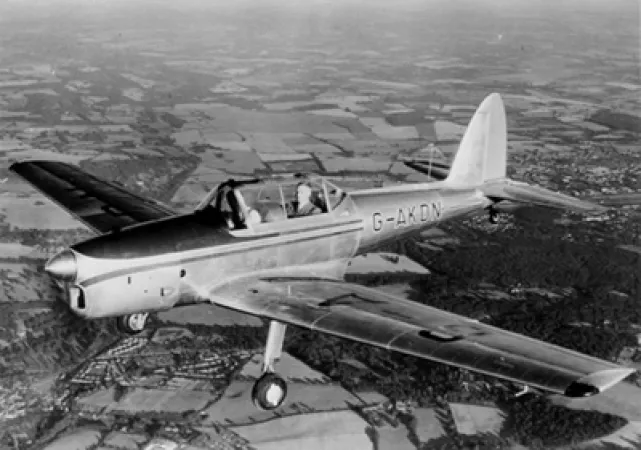

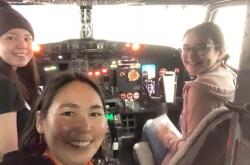
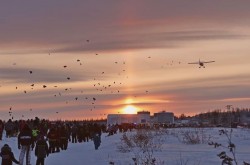
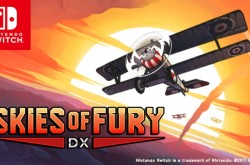
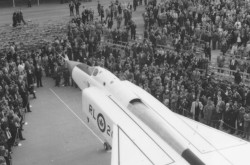
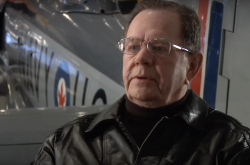




![A block of photographs showing some of the people involved in the bombing of beluga whales in the estuary and gulf of the St. Lawrence River. Anon., “La chasse aux marsouins [sic]. » Le Devoir, 15 August 1929, 6.](/sites/default/files/styles/thumbnail_7/public/2024-09/Le%20Devoir%2015%20aout%201929%20page%206.jpg?h=584f1d27&itok=TppdLItg)






